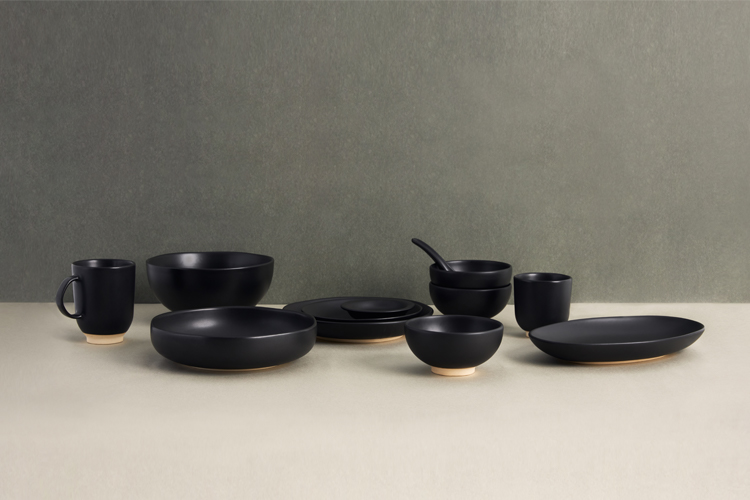Combining traditional and simple modern styles.
Do you want to have a set of tableware that matches a variety of dishes, but conforms to Taiwanese eating habits at the same time ?
Taiwan is an island of ethnic integration and multicultural society.
Because of the historical background, Taiwanese cuisine is associated with influences from the north and south of mainland China. From the colonial period to modern times, Taiwanese cuisine was combined with Chinese and Western cuisine to develop an eclectic Taiwan Xiaochi. Taiwanese food gradually develops its own characteristics and individuality, and its dishes are rich and diverse.
“We want to make tableware specially designed for the eating habits of Taiwanese. We hope to evoke the familiar taste that users miss most, and also hope that the tableware we made can accompany everyone to build a special memory.”
Features
Quality Assurance Interview Questions
The ceramic glaze itself contains metal components, and the raw materials are all taken from natural sources. After the glaze is fired in a high-temperature kiln, volatile substances will be released in the kiln, and the metal compounds will become stable, presenting a variety of colors, textures and textures. After firing, no harmful substances will be released.
In fact, the manufacturing process of the same item is the same, but even if the formula and raw materials are the same, there will be slight differences due to the chemical reaction during high-temperature firing. As long as the color difference is within the range, it is a normal product. Every link will be affected as a result of weather, body, glaze, kiln temperature and other factors.
Ceramics are different from the stable process of plastic injection molding, in the ceramic production process, there are many natural variables that are difficult to control. In addition to the basic check of breaking and missing corners, we generally use the distance of the arm as the inspection standard to examine small bubbles and pinholes, within three are all normal products.

- Please use a soft sponge for scrubbing, and do not use iron brushes or hard cleaning appliances to prevent scratches on the surface of the ceramics for prolonging the life of products.
- Due to the design and firing method, the bottom part of the ware is made of unglazed clay. It is recommended to wipe it dry, upside down or hang it after cleaning.
- After use, natural glaze cracks may occur on the surface of the product over time, which will add the charm of the work and will not affect the use, please rest assured.
- For pottery products, the black spots on the surface are the natural and unique appearance of the iron and minerals in the soil after high temperature firing.
- Part of the making processes are manual, not as uniform and neat as mechanized production, natural hand-made traces will produce flowing glaze, pulling glaze and air spots, the surface appearance and color of each work will be slightly different, which is also the charisma and personality of pottery.
- The above matters will not have any influence on the use, please rest assured.
Glaze Test Report:
Yingee White HTF20C00416
Sheh-Shing Red HTF20C00417
Kiln Yellow HTF20C00418
Danqing Green HTF20C00415
Japan Glaze Test Report:
Yingee White HTF20C00420
Sheh-Shing Red HTF20C00421
Kiln Yellow HTF20C00422
Danqing Green HTF20C00419
Microwave washing and drying:
HTF21100010

